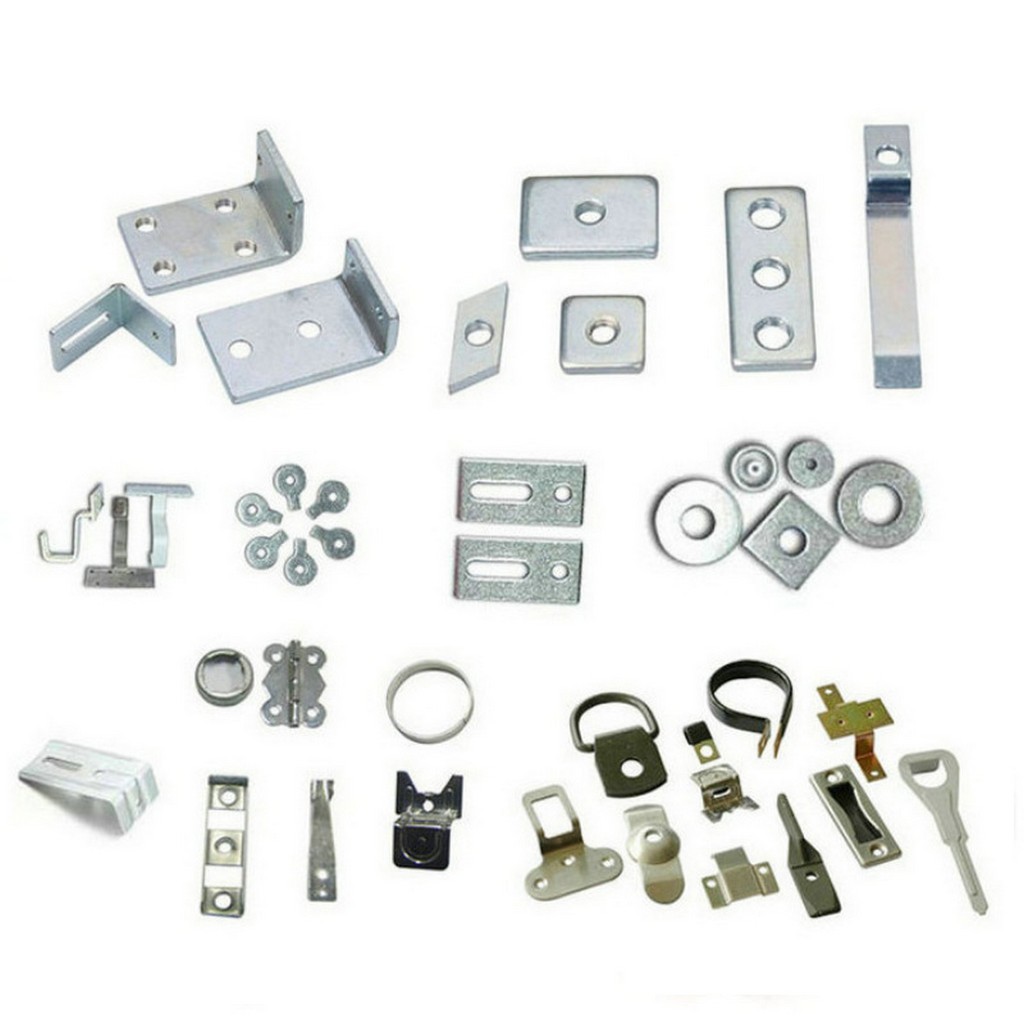
There may be more to metal rubber stamping than lots of people take right into account.
Complex parts often call for some several several steps to produce. Parts the fact can happen simple initially hardly ever need only one stamping stage to be viewed properly done.
Confusion is generally found the minute identifying the proper process for material stamping. Whenever choosing a material Metal Stampingstamping process, one will consider:
The way the stamping plan of action will impact performance from design
The style along with industry- specific requirements
Developmentsome cost- success
TypicalMetal Stamping Operations
Overlooking steps such as for example design and prototyping, which can be necessarily performed before stamping, you will find seven primary processes active in the specific stamping of metal parts.
Blanking
When required, blanking can be the initial step from the stamping process. Blanking is the process of cutting larger piece or coils of metal right into smaller, more manageable pieces. Blanking is usually performed when some stamped metal piece can be drawn or formed.
Spear like
In case a component requires slots, gaps, or other cutouts, piercing could possibly be employed. Piercing, which could well be performed simultaneously with blanking, punches the requisite shapes out side in the metal sheet.
Bringing in
Drawing is the precise rubber stamping within the metal stamping strategy . A punch forces a area of metal by way of a expire, providing the main type of the business. If the depth from the business is much less rather than the primary opening, it can be viewed as shallow drawing, parts having a depth more than the opening are deep drawn.
Turning
Bending is a reasonably personal- explanatory process. The corporation- in- progress is found over a created specifically expire along with a ram pushes from your metal, providing the needed bend. Bending is completed following drawing, as wanting to strike an already bent piece in metal causes the complete aspect of deform.
AtmosphereBending
Ventilation bending is when the flat surface of a component is curved with a punch into an excellent die, often V- formed. The room between punch and die is larger than the metal thickness, producing a good bend that relaxes slightly once the business is released. Venting bending uses less power and pressure than any twisting methods.
Bottoming outand Coining
Bottoming-out and coining are bending procedures resemble air twisting, but use between two to 30 times the force and the items is needed fully into a good-- fitting die, causing a good more longterm bend.
Building
Forming is actually a bending process comparable to bending, bottoming, and coining. It creates parts with multiple bends, such as U-- bends, in one step.
ContactCutting
Pinch trimming is an excellent approach to cutting part from your metal sheet, isolating it from your scrap metallic. Costly unconventional process: the metallic is pinched against an easy vertical surface. It is frequently, but not exclusively, used to cut deep drawn round mugs from your sheet.
Lancing
A exclusive process, lancing is a design of metal cutting utilized to help to make vents or tabs. An area in a part is cut down three edges and simultaneously leaning. This creates the opening or perhaps hook- like feature needed but eliminates a scrap collection or secondary machining step.